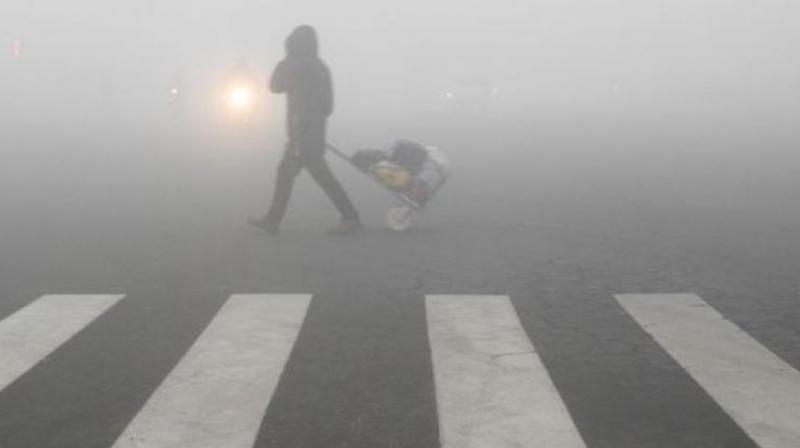In 139 cities, pollution above safe limits: Study

Bengaluru: A new report by Greenpeace India has identified 139 cities where air pollution levels exceed national standards but were not included in the National Clean Air Programme (NCAP) that was recently released by the Ministry of Environment, Forest and Climate Change (MoEFCC). Building on the most comprehensive data set ever published on air quality across the country, the report titled Airpocalypse III states that even if we are optimistic and assume that air pollution across India can be reduced by 30 percent by 2024, 153 cities will be left with pollution levels exceeding the National Ambient Air Quality Standards (NAAQS).
11 cities in K’taka
Number of non-attainment cities in Karnataka rises to 11 (2017 annual data) from four identified under NCAP. Assuming 30 percent reduction across these 11 cities till 2024 from base year 2017, seven cities will still continue to breathe polluted air above the NAAQS even in 2024.
Sunil Dahiya, Clean Air Campaigner, Greenpeace India, said, “Air pollution is no more just a North India and Delhi issue, as significant part of Southern India is breathing critically polluted air. The fact that 50 percent of the cities with air quality monitoring data are non-attainment is more than enough to realise the health emergency faced by cities across south as well. We must not underestimate the daunting impact of air pollution. Karnataka must step up against the air pollution snag and strive to bring each city under the permissible limit under NAAQS first and then move towards WHO guidelines.”
Airpocalypse III analyses air pollution data of 313 cities and towns for the year 2017. Of these 313 cities, 241 (77 percent) had PM10 levels beyond the NAAQS. Thus, all these 241 cities belong on the list of “non-attaitment” cities that are required to take action under the NCAP. This is a sharp increase of 139 cities, more than twice as many as the 102 cities included in the list. The omission is due to the fact that the list of non-attainment cities in the NCAP was drawn together using data from the years 2011-2015.
“The NCAP has used limited data from 2015, and as a result, has omitted a large number of highly polluted cities. We are calling on the MoEFCC to update the list with 2017 data to reduce air pollution in as many highly polluted cities as possible, to make this as ‘national’ a programme as possible and help us move towards a Clean Air Nation,” said Dahiya.
According to NCAP, there are 43 Smart Cities in which the NCAP will be launched. Interestingly when the data was analysed it showed that based on 2017 PM10 levels, 65 out of 100 proposed “Smart Cities” are actually falling under the non-attainment category and only 12 are actually complying with the NAAQS.

